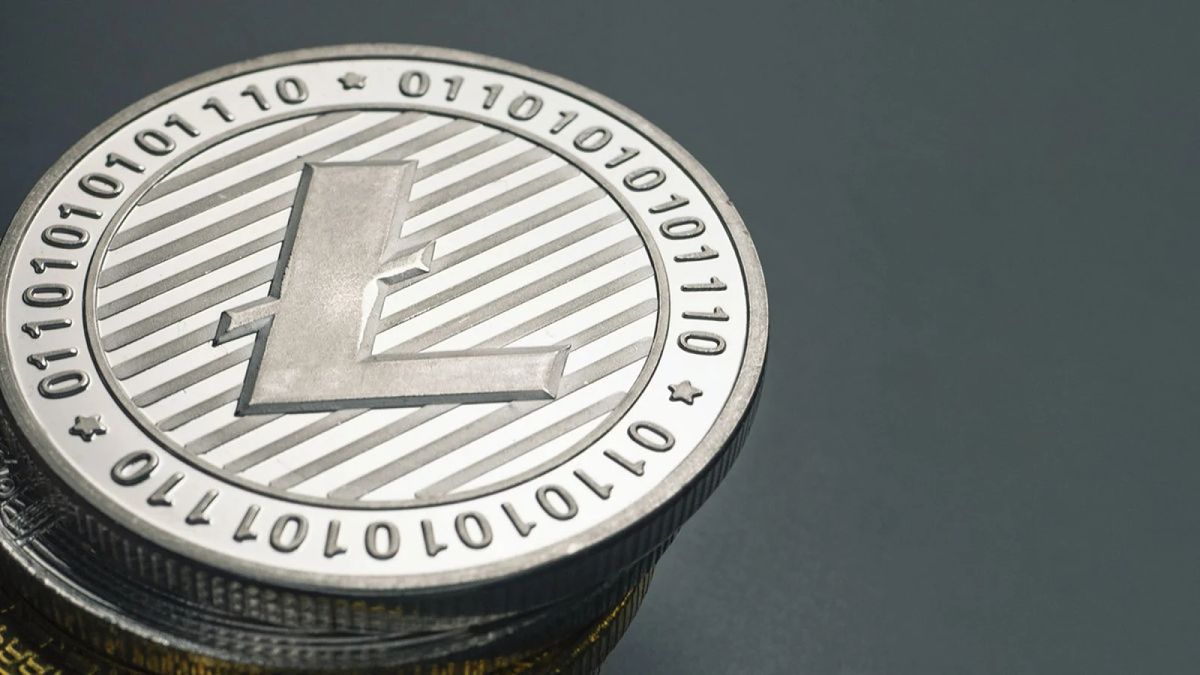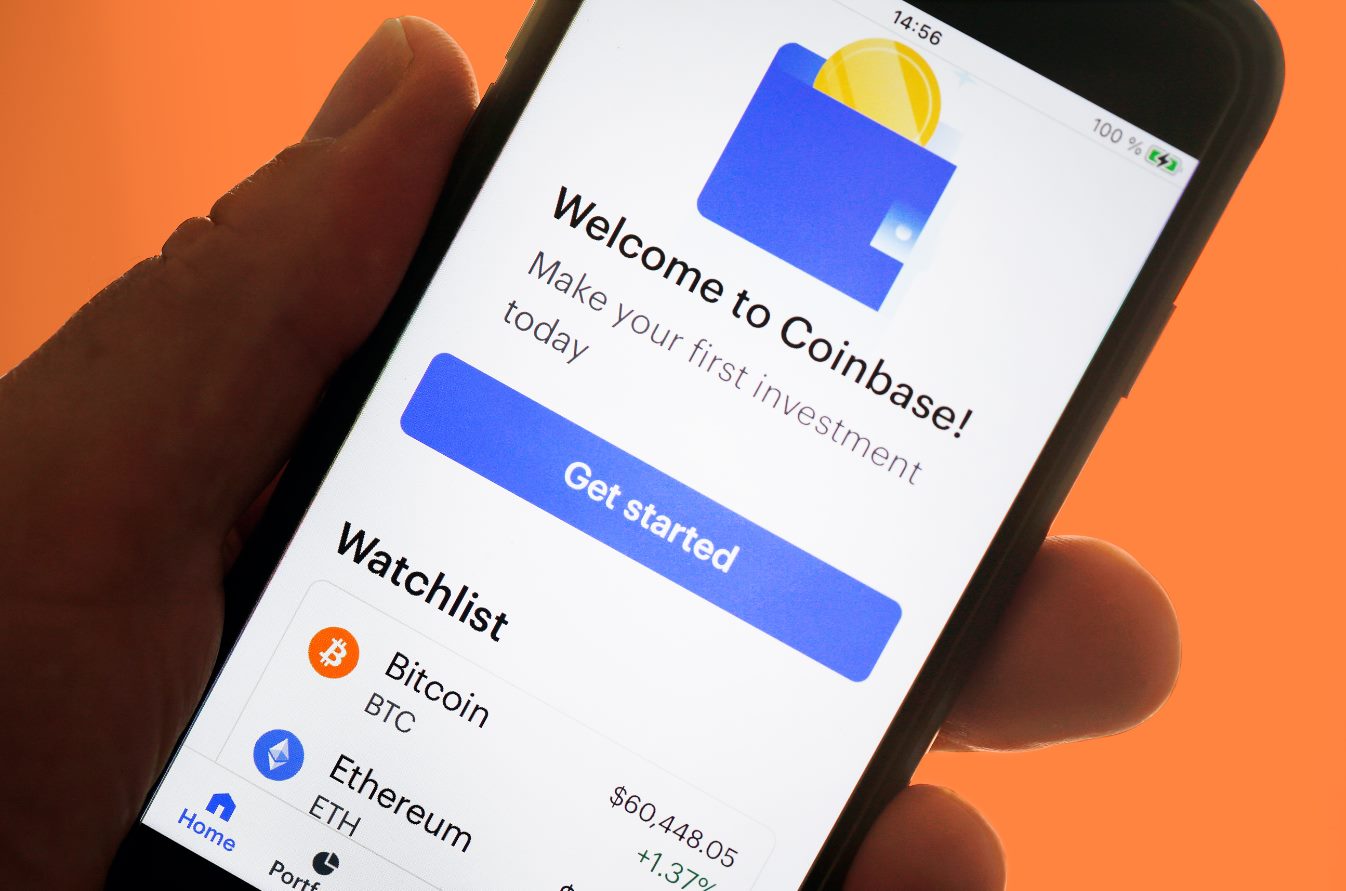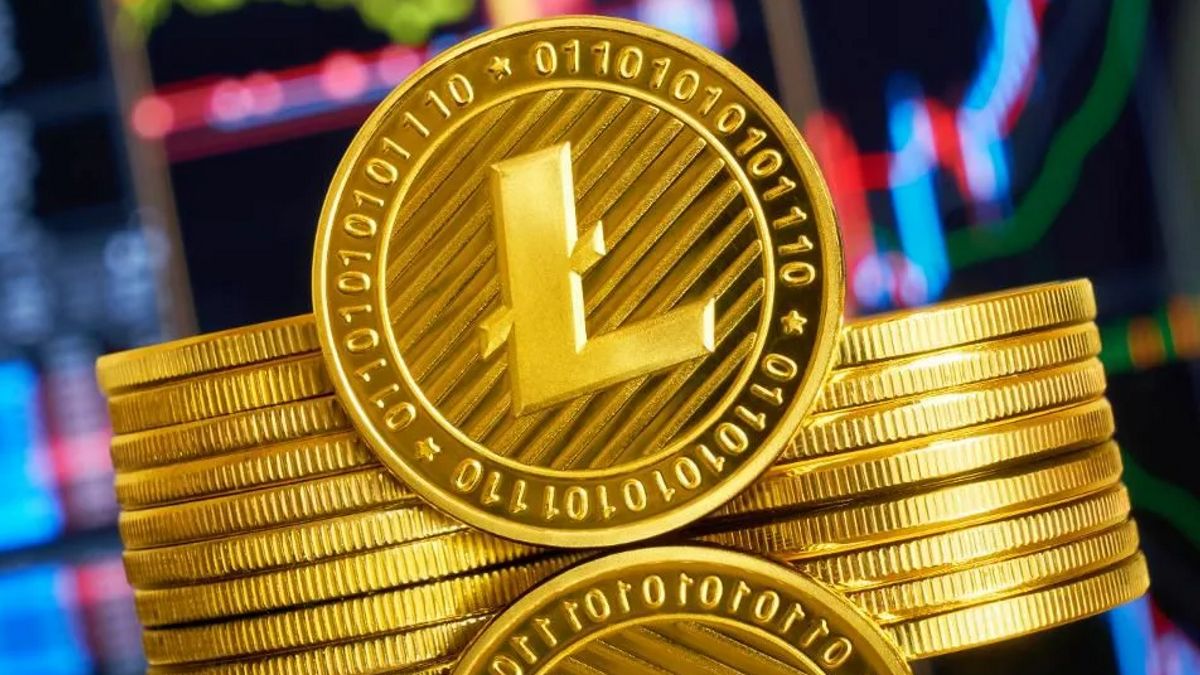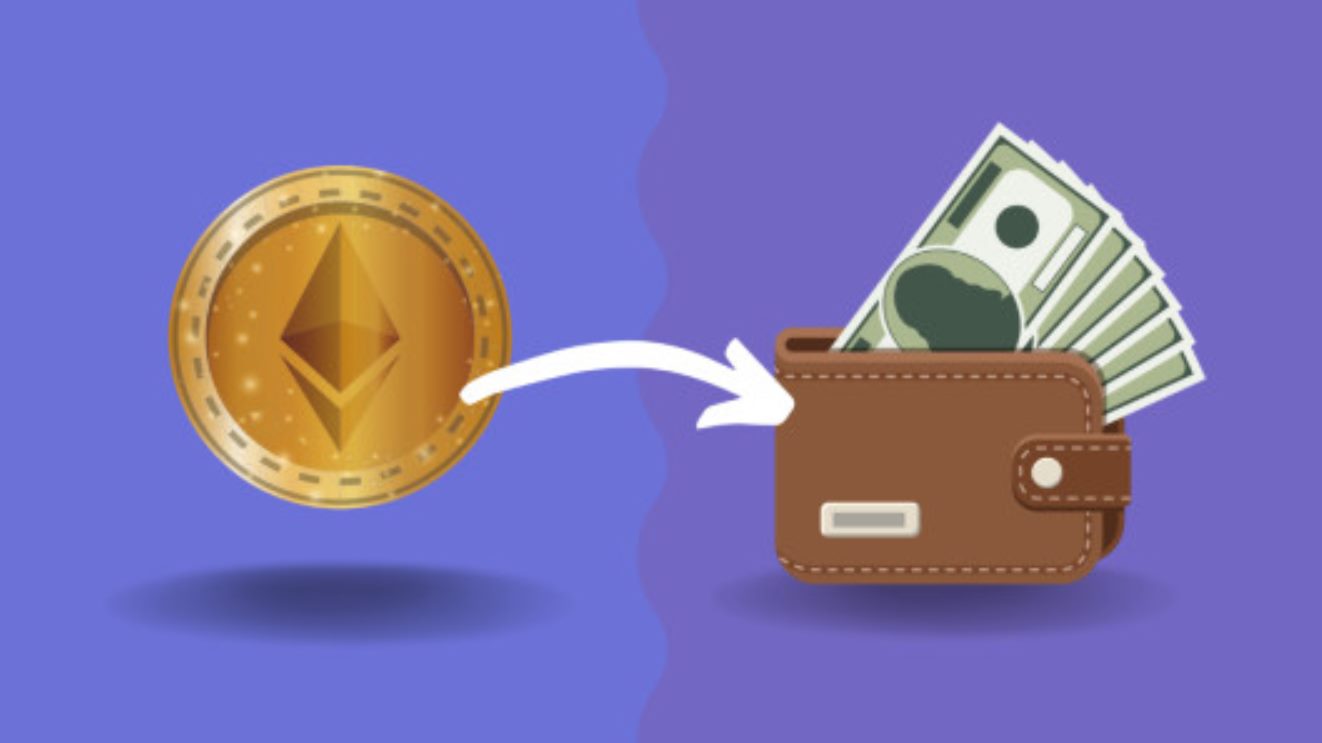Introduction
Welcome to our guide on how many confirmations are required for Litecoin transactions. As one of the world’s leading cryptocurrencies, Litecoin has gained popularity due to its faster block generation time compared to Bitcoin. Confirmations play a critical role in securing the integrity of cryptocurrency transactions, ensuring that they are irreversible and valid. In this article, we will explore the concept of confirmations in cryptocurrency, specifically focusing on Litecoin. We will also discuss the factors that can influence the number of confirmations required and the benefits and risks associated with waiting for additional confirmations.
When conducting a transaction using Litecoin or any other cryptocurrency, it is essential to have a clear understanding of what confirmations represent. Confirmations are essentially blocks that have been added to the blockchain, verifying and confirming the validity of a transaction. Each confirmation adds an additional layer of security to the transaction, making it increasingly difficult for a malicious entity to manipulate or reverse the transaction.
The number of confirmations required for a transaction to be considered secure can vary depending on several factors. These factors include the cryptocurrency being used, the network congestion, and the level of risk tolerance of the parties involved in the transaction. In the case of Litecoin, the number of confirmations required is generally lower compared to Bitcoin due to its faster block generation time.
What are confirmations in cryptocurrency?
Confirmations in cryptocurrency refer to the number of blocks that have been added to the blockchain after a specific transaction. When a transaction is initiated using a cryptocurrency such as Litecoin, it goes through a process of verification and validation before it is considered confirmed. Each block added to the blockchain contains a list of transactions that have been verified and approved by the network’s participants, known as miners.
During the confirmation process, miners compete to solve complex mathematical puzzles to validate transactions and add them to the blockchain. The more confirmations a transaction has, the more secure and permanent it becomes. Confirmations act as a way to protect against double-spending, where an individual tries to spend the same cryptocurrency more than once.
For example, let’s say you want to use Litecoin to purchase a product online. When you initiate the transaction, it is broadcasted to the Litecoin network, and miners start working on validating it. The first confirmation occurs when the transaction is included in the first block added to the blockchain. As more blocks are added, subsequent confirmations are obtained, increasing the security of the transaction.
The number of confirmations required for a transaction to be considered fully secure depends on various factors, including the cryptocurrency being used. In the case of Litecoin, the number of confirmations required is generally lower compared to Bitcoin due to its faster block generation time. This means that transactions can be confirmed more quickly and considered secure in a shorter amount of time.
While a single confirmation is often sufficient for small, low-risk transactions, it is generally recommended to wait for multiple confirmations for larger transactions or situations where the risk of fraud is higher. The number of confirmations required for complete security can vary, but six or more confirmations are often regarded as a reasonable standard for maximum security.
It is important to note that the confirmation process takes time. Litecoin has an average block time of 2.5 minutes, meaning that a new block is added to the blockchain approximately every 2.5 minutes. As each block is added, the number of confirmations for a transaction increases. Therefore, the time it takes to achieve a certain number of confirmations will depend on the block generation time and network congestion. It is essential to factor in these considerations when assessing the security of a transaction.
How many confirmations does Litecoin need?
The number of confirmations required for Litecoin transactions to be considered secure depends on several factors, including the amount of cryptocurrency involved and the level of risk tolerance of the parties involved. While there is no fixed number of confirmations that guarantees absolute security, there are general guidelines and recommendations followed by users and service providers.
In most cases, a single confirmation is considered sufficient for low-value transactions or situations where the risk of fraud is minimal. This means that once a transaction is included in a block and added to the Litecoin blockchain, it is generally considered valid and unlikely to be reversed or manipulated.
However, for larger transactions or situations where the risk of fraud is higher, waiting for multiple confirmations is advisable. Six or more confirmations are often regarded as a standard for maximum security. This means that the transaction is included in at least six blocks added to the blockchain, providing a higher level of assurance that it is irreversible.
The number of confirmations for Litecoin transactions can also be influenced by network congestion. When the Litecoin network experiences high traffic and a backlog of transactions, it may take longer for blocks to be added to the blockchain, resulting in delays in obtaining confirmations. In these instances, it may be necessary to wait for a higher number of confirmations to ensure the transaction’s security.
It’s important to note that the number of confirmations needed may vary within different industries and use cases. Some merchants or service providers may require a specific number of confirmations before considering a Litecoin transaction as complete or valid. It is recommended to check with the relevant party regarding their requirements and policies.
Additionally, it is worth considering the level of risk tolerance and urgency in a specific transaction. Waiting for more confirmations provides an extra layer of security but also increases the time it takes to complete the transaction. For situations where time is a critical factor, it may be necessary to balance the need for security with the need for quick transaction confirmation.
In summary, the number of confirmations required for Litecoin transactions to be considered secure depends on various factors, including the transaction value and risk tolerance. While a single confirmation is generally sufficient for low-value transactions, waiting for six or more confirmations is recommended for maximum security. It is important to consider network congestion, industry requirements, and the urgency of the transaction when determining the appropriate number of confirmations.
Factors that can affect the number of confirmations required
The number of confirmations required for a Litecoin transaction can be influenced by several factors. These factors can vary depending on the specific circumstances and the level of security or risk tolerance desired by the parties involved. Understanding these factors is crucial for accurately assessing the security of a transaction and determining the appropriate number of confirmations required.
1. Network Congestion: Network congestion occurs when there is a high volume of transactions being processed on the Litecoin network. During times of congestion, it might take longer for blocks to be added to the blockchain, resulting in delays in obtaining confirmations. The more congested the network, the longer it may take to achieve a desired number of confirmations. It’s important to consider network congestion when determining the appropriate number of confirmations required for a transaction.
2. Transaction Value: The value of the transaction can also impact the number of confirmations needed. For smaller transactions with lower financial stakes, a single confirmation might be sufficient to consider the transaction secure. However, for larger transactions involving significant amounts of Litecoin, waiting for multiple confirmations is recommended to minimize the risk of fraud or double-spending.
3. Risk Tolerance: Each party involved in a transaction may have different risk tolerances. Some individuals or businesses might prefer to wait for a higher number of confirmations for added security, even for lower-value transactions. Others might prioritize faster transaction completion and opt for a lower number of confirmations. Evaluating the level of risk tolerance is essential in determining the appropriate number of confirmations required.
4. Industry Requirements: In some industries or specific use cases, there may be predefined requirements for the number of confirmations needed. For instance, cryptocurrency exchanges might require a certain number of confirmations before allowing users to withdraw funds. It’s important to be aware of any industry-specific requirements to ensure compliance and security.
5. Transaction Urgency: The urgency of a transaction can also affect the number of confirmations required. If time is a critical factor, waiting for multiple confirmations might not be feasible. In such cases, balancing the need for security with the need for quick transaction completion becomes essential.
By considering these factors, Litecoin users can make informed decisions about the number of confirmations required for their transactions. It is important to assess the specific circumstances, evaluate the risk factors involved, and consider industry requirements to determine an appropriate number of confirmations that ensures both security and efficiency.
Benefits of waiting for additional confirmations
Waiting for additional confirmations beyond the minimum required for a Litecoin transaction can provide several benefits that contribute to increased security and peace of mind. While a single confirmation is generally considered sufficient for low-risk transactions, waiting for more confirmations offers the following advantages:
1. Enhanced Security: Each confirmation adds a layer of security to the transaction. By waiting for multiple confirmations, you significantly reduce the risk of a transaction being reversed or manipulated. In situations where the transaction involves significant value or carries a higher risk, waiting for additional confirmations can provide an extra level of assurance against potential fraudulent activities.
2. Protection Against Blockchain Reorganizations: Blockchain reorganizations can occur when new, longer chains are formed and replace previously accepted blockchain history. These reorganizations can potentially lead to double-spending or other transaction irregularities. By waiting for more confirmations, you reduce the possibility of falling victim to such reorganizations and ensure the transaction is firmly embedded in the blockchain’s valid history.
3. Mitigating Network Congestion Risks: During periods of high network congestion, waiting for additional confirmations can help mitigate the risks associated with delayed or stalled transactions. By allowing more time for other network participants to validate your transaction and include it in subsequent blocks, you increase the chances of successful confirmation, even during busy times.
4. Building Trust in High-Stakes Transactions: For transactions involving significant sums of Litecoin or critical business agreements, waiting for more confirmations demonstrates a commitment to security and builds trust between involved parties. Extra confirmations serve as evidence of a well-established transaction history and reduce the chances of disputes or disagreements later on.
5. Compliance with Requirements: Some industries or services may have specific requirements for the number of confirmations needed to consider a transaction complete. By waiting for additional confirmations, you ensure compliance with these requirements and avoid any potential complications or delays that may arise from failing to meet the specified criteria.
While waiting for more confirmations offers these benefits, it’s important to weigh them against other factors such as transaction urgency and network congestion. Waiting for additional confirmations will naturally increase the time required for the transaction to be confirmed. Therefore, striking a balance between security and efficiency is crucial and should be carefully considered in each transaction scenario.
In summary, waiting for additional confirmations beyond the minimum required for a Litecoin transaction provides enhanced security, protection against blockchain reorganizations, mitigates risks associated with network congestion, builds trust in high-value transactions, and ensures compliance with industry requirements. By carefully evaluating the specific circumstances and balancing security needs with other factors, you can make informed decisions about the number of confirmations to wait for, ensuring the integrity and reliability of your Litecoin transactions.
Risks of waiting for additional confirmations
While waiting for additional confirmations can provide increased security and peace of mind, there are also risks to consider when delaying the completion of a Litecoin transaction. It is important to weigh these risks against the benefits before deciding on the number of confirmations to wait for:
1. Transaction Delays: Waiting for more confirmations naturally extends the time required for a transaction to be considered complete. This delay can be especially problematic when there is a need for instant transaction processing, such as in time-sensitive transactions or when dealing with rapidly changing markets. Waiting for additional confirmations might not be feasible or practical in such cases.
2. Transaction Costs: Some Litecoin transactions may involve transaction fees, especially in network congested periods where users compete to have their transactions included in the next block. Waiting for more confirmations might increase the overall transaction costs, as the fees could accumulate with each additional confirmation sought. It is important to consider the potential impact on transaction costs before deciding to wait for additional confirmations.
3. Opportunity Costs: By waiting for additional confirmations, there is an opportunity cost associated with the tied-up funds. During this waiting period, the funds involved in the transaction are temporarily unavailable for other uses or investments. This could potentially limit liquidity or profitability in other areas, especially when dealing with large sums or time-sensitive opportunities.
4. Network Congestion Risks: While waiting for more confirmations can mitigate the risks of network congestion, there is still a chance that the transaction might face delays or even be stuck in a backlog during periods of high network activity. This risk can be especially problematic when the transaction urgency outweighs the benefits of waiting for additional confirmations.
5. Transaction Reversals: Although waiting for additional confirmations mitigates the risk of transaction reversals, it does not completely eliminate the possibility. While unlikely, there is always a chance of a longer chain reorganization or consensus conflict occurring in the network, resulting in transaction history modifications. However, the risk of such events decreases significantly with each additional confirmation obtained.
It is important to carefully consider these risks in the context of the specific transaction and its requirements. The decision of how many confirmations to wait for should be based on a balance between transaction security, transaction urgency, and any associated risks or costs. For low-value or low-risk transactions, waiting for too many confirmations might result in unnecessary delays and costs. On the other hand, for high-value or high-risk transactions, waiting for more confirmations is generally recommended to maximize security.
In summary, while waiting for additional confirmations provides added security, there are risks to consider, including potential transaction delays, increased transaction costs, opportunity costs, network congestion risks, and the unlikely possibility of transaction reversals. It is important to make a well-informed decision based on the specific transaction circumstances and the trade-offs between security, efficiency, and associated risks.
Conclusion
Confirmations play a vital role in securing Litecoin transactions, providing confidence that they are valid and irreversible. While a single confirmation is generally considered sufficient for low-value transactions, waiting for additional confirmations enhances security, especially for high-value transactions or situations with a higher risk of fraud. By waiting for more confirmations, you reduce the chances of a transaction being reversed or manipulated, protect against blockchain reorganizations, and mitigate the risks associated with network congestion.
However, there are also risks to consider when waiting for additional confirmations. These risks include transaction delays, increased transaction costs, opportunity costs, and the unlikely possibility of transaction reversals. It’s important to carefully evaluate the specific circumstances, such as transaction value, risk tolerance, urgency, and industry requirements, to determine the appropriate number of confirmations.
Striking a balance between security and efficiency is crucial in deciding the number of confirmations needed for a Litecoin transaction. For low-risk transactions, a single confirmation may be sufficient. However, for higher-value transactions or situations with a greater risk of fraud, waiting for six or more confirmations is generally recommended as a standard for maximum security.
Each Litecoin user should assess their own risk tolerance, transaction requirements, and the current network conditions to make an informed decision regarding confirmations. Understanding the benefits and risks associated with waiting for additional confirmations is key to ensuring the integrity and reliability of Litecoin transactions.

























